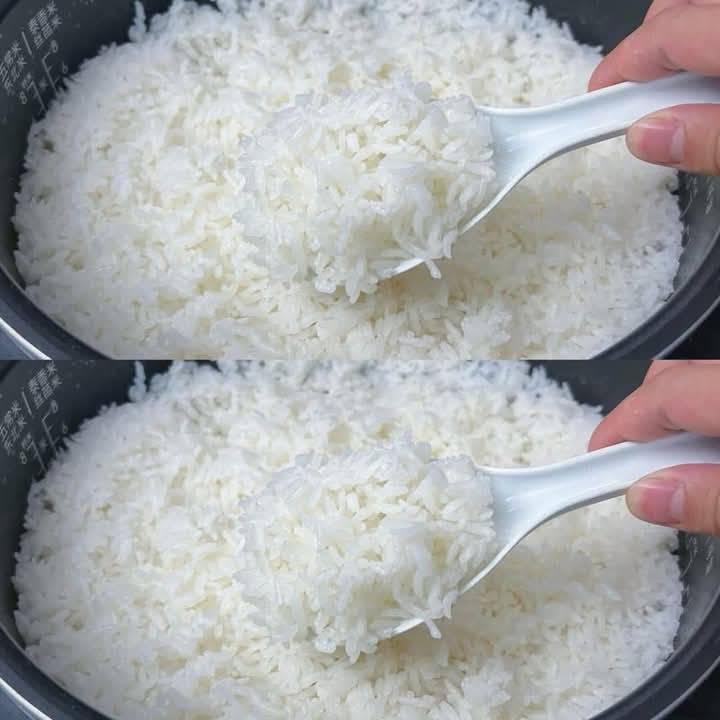ADVERTISEMENT
### The Basics of Cooking Rice: Why Water Alone Isn’t Enough
Before we dive into the solutions, let’s briefly cover the basic principles of cooking rice. Rice is typically cooked by boiling or steaming it in a liquid, which is absorbed by the grains. There are many types of rice, including white, brown, jasmine, basmati, and sticky rice, each requiring slightly different cooking methods and times. However, water is often the go-to liquid that most people reach for when cooking rice.
While water is, of course, essential to the cooking process, it is also neutral in flavor. If you only use water to cook rice, you are essentially boiling it without adding anything that will enhance its flavor profile. This is where many people make the common mistake of neglecting to use other ingredients or techniques to bring the rice to life.
In some culinary traditions, rice is considered the backbone of the meal and serves as a platform for accompanying dishes. In such contexts, flavoring the rice can greatly improve the overall experience. Rice that’s cooked in water alone may be soft and fluffy, but it may also be somewhat dull. This lack of flavor can impact the quality of the dish, especially if the rice is intended to pair with rich, flavorful sauces or proteins.
—
### Why Is It a Common Oversight?
So, why is using only water to cook rice such a widespread and common oversight in kitchens around the world? There are several factors at play:
1. **Simplicity**:
Cooking rice in water is the easiest method to prepare it, and many home cooks believe that this is the “standard” way. After all, water is always available and doesn’t require any extra effort or thought. This convenience often leads people to overlook the possibility of adding flavor or other ingredients to the rice.
2. **Lack of Awareness**:
Many people simply aren’t aware of the impact that different liquids, seasonings, or techniques can have on rice. Without being introduced to alternative methods of cooking, it’s easy to assume that water is sufficient.
3. **Cultural Norms**:
In certain cultures, rice is traditionally cooked with water and may be considered a neutral, unembellished base for the main dish. There’s a perception that adding anything beyond water may make the rice overly rich or overpowering.
4. **Time and Effort**:
It’s natural to want to keep things simple, especially on busy days. Adding extra steps to cooking rice, such as using broths or sautéing onions or garlic, may seem unnecessary or time-consuming to some cooks.
5. **Budget Concerns**:
Broths, spices, and other flavor-enhancing ingredients can sometimes be viewed as unnecessary expenses, especially if you’re cooking rice for a budget meal. Water is free, and the idea of adding extra ingredients might seem like an added cost for something as simple as rice.
—
### The Downside of Cooking Rice with Only Water
Cooking rice with only water may yield a bland result that lacks depth and flavor, but what other issues might arise from this approach? Let’s take a closer look at some of the downsides of cooking rice with only water:
#### 1. **Blandness**:
Rice cooked in water alone tends to be bland. The neutral nature of water means that the rice doesn’t absorb any additional flavors that could elevate the dish. When paired with flavorful curries, stews, or stir-fries, this lack of seasoning or flavor in the rice can cause the overall meal to feel imbalanced.
#### 2. **Missed Flavor Opportunities**:
Rice has an incredible potential to absorb the flavors of whatever it’s cooked with. By not taking advantage of broths, seasonings, or other liquids, you’re missing an opportunity to add layers of flavor that could make the rice a more integral part of the dish.
#### 3. **Textural Issues**:
Water alone may not provide the best cooking environment for all types of rice. For example, some types of rice (such as basmati or jasmine) benefit from being cooked with a bit of oil or butter to enhance their fragrance and texture. Cooking in just water might leave the rice feeling a little too soft or mushy.
#### 4. **Lack of Aroma**:
Aromatic rice like jasmine, basmati, and even some brown rice varieties have natural fragrance that can be brought out by adding spices, herbs, or other flavorful liquids to the cooking process. Using just water misses the chance to infuse the rice with those delightful aromas.
For Complete Cooking STEPS Please Head On Over To Next Page Or Open button (>) and don’t forget to SHARE with your Facebook friends
